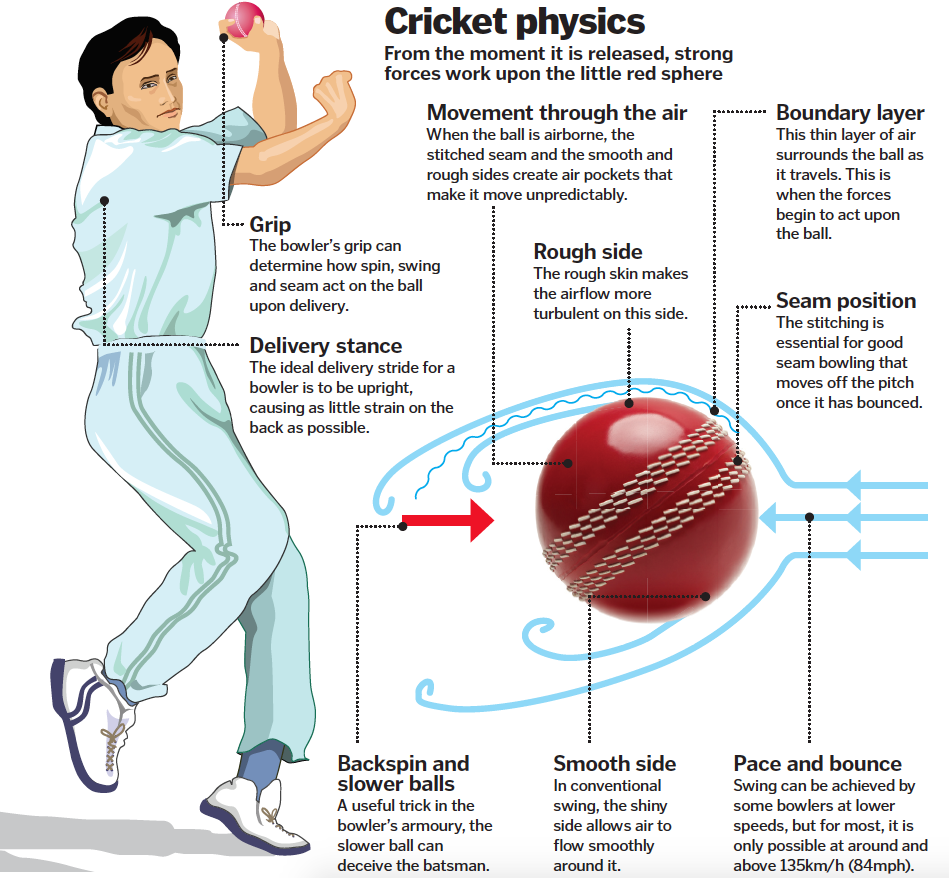For a random observer skimming through the phone, the discussion around need to shine a cricket ball and the discussion around sweat, saliva and everything in between might appear to be bizarre, especially at a time when the world is locked up and attempts are being made to somehow limp back to normalcy.
Cricket, as a sport, will change, there are discussions happening on resuming normal service and even when we pretend things have become normal, there will be furious debates on health, hygiene and the cricket ball – these are all related and hence, the constant dialogue.
For starters, the bowlers can no longer lick their fingers and then apply saliva to shine a cricket ball, the International Cricket Council’s (ICC) Cricket Committee, led by former India captain Anil Kumble, recommended a ban on using saliva. Yes, the logic is well-thought-out, a moist ball laden with spit and saliva becomes a fomite which can carry the virus along, so this needs to be expunged.
Why shine a cricket ball?

This then forces us sit up and take notice of the fact that why exactly is there a need to shine a cricket ball?
A cricket ball is a sphere which moves in the air but follows the direction of the seam and depending on how the ball chucks it, the ball tends to bend in that particular direction. In normal Physics, this seam creates turbulence in the air and helps in extracting what we call conventional swing. This is when the speed of the release of the ball, the wrist position of the bowler and the overhead conditions too play a role.
Now, as the match progresses and as the ball is belted by the batsmen and as it lands on the rough pitch and rolls across the field, it begins to lose this shine and rough edges start to appear. This is when friction increases through the air and the ball starts moving slower through the air and loses pace. And thus, we now come to the other hotly-debated concept of ‘reverse swing’.

The fielding side chooses one half of the sphere, start applying spit, saliva and sweat and this then replaces the grease which starts to erode as the match progresses.
So, essentially what happens is that the grease which is deeply-seated starts to spread evenly and hence, the fielding side is able to maintain the shine.
Hence, when we see the players furiously rub the ball (one side) on their trousers, it is an attempt to bring the grease to the surface and help the ball maintain the shine.
There is an art in maintaining a ball, when it is new, there should be a balance between how much sweat and saliva one needs to apply so as to not displace the lacquer and the grease which assists swing.
And as the ball gets older, there is a lot more external moisture applied to help the deep-seated grease come to the surface and assist swing.
In cricket, there are essentially three balls used – the SG in India, the Kookaburra in Australia and the Dukes in England. All three balls have inherent characteristics.
The Dukes maintains its shine for a longer time and remains hard for a longer time as compared to the SG ball. Hence, there is a reason why bowlers get more reverse swing in India as compared to England – where conditions and the ball are more favourable for conventional swing.

In Australia, the Kookaburra ball has a seam which is pronounced for the first 20 overs and then quickly erodes away. It sits in the surface and hence, life becomes difficult for the bowlers who have to resort to keeping the shine of the ball to extract any possible assistance from the surface and the conditions.
All in all, a cricket ball is a fascinating object and now with new rules in place, it remains to be seen if the bowlers sweat too much over how to survive!
Follow us on Facebook for more sports news & updates

